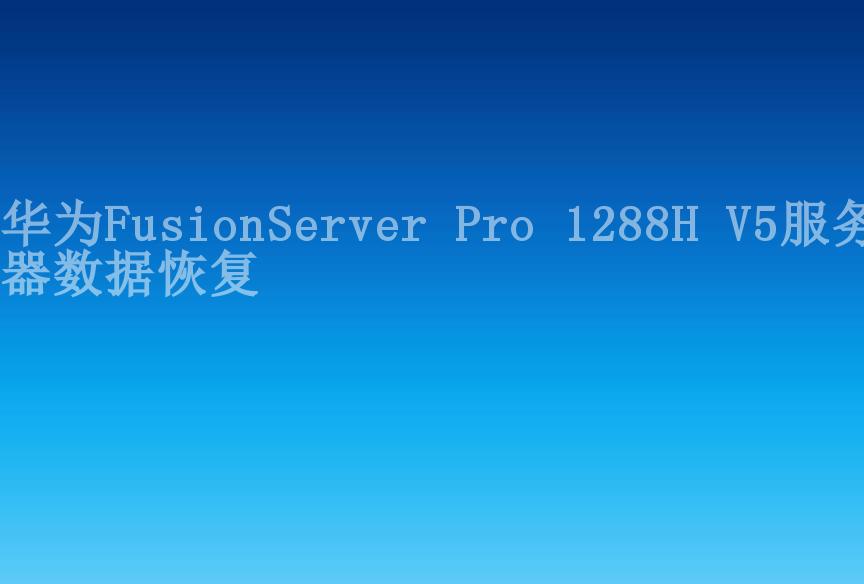cassandra (解决方法与步骤)
下面内容仅为某些场景参考,为稳妥起见请先联系上面的专业技术工程师,具体环境具体分析。
2023-08-31 15:47 143
Cassandra is an open-source, distributed NoSQL database management system designed to handle large amounts of data across multiple commodity servers. It was initially developed by Facebook, and it is now maintained by the Apache Software Foundation.
Cassandra provides scalability and fault-tolerance by distributing data across multiple nodes in a cluster. It uses a peer-to-peer architecture with no single point of failure, making it highly resilient.
Some key features of Cassandra include:
1. High availability: Cassandra is designed to have no single point of failure, ensuring data availability even in the face of hardware or network failures.
2. Linear scalability: Cassandra can scale horizontally across multiple nodes, allowing it to handle massive amounts of data and high write and read throughput.
3. Flexible data model: Cassandra uses a columnar data model that allows for dynamic schema modifications and flexible queries. It supports structured, semi-structured, and unstructured data.
4. Tunable consistency: Cassandra offers tunable consistency levels, allowing users to trade off between data consistency and system performance based on their specific needs.
5. Built-in replication: Cassandra automatically replicates data across multiple nodes to provide fault-tolerance and data redundancy.
6. Support for geographically distributed deployments: Cassandra supports multi-datacenter deployments, making it suitable for global applications that require low-latency access to data from different geographical locations.
7. Easy integration: Cassandra integrates well with other technologies like Apache Spark, Apache Hadoop, and Apache Kafka, enabling seamless data ingestion, processing, and analytics.

Cassandra is widely used in various industries, including finance, healthcare, retail, and social media, where large-scale data storage and high availability are critical.













